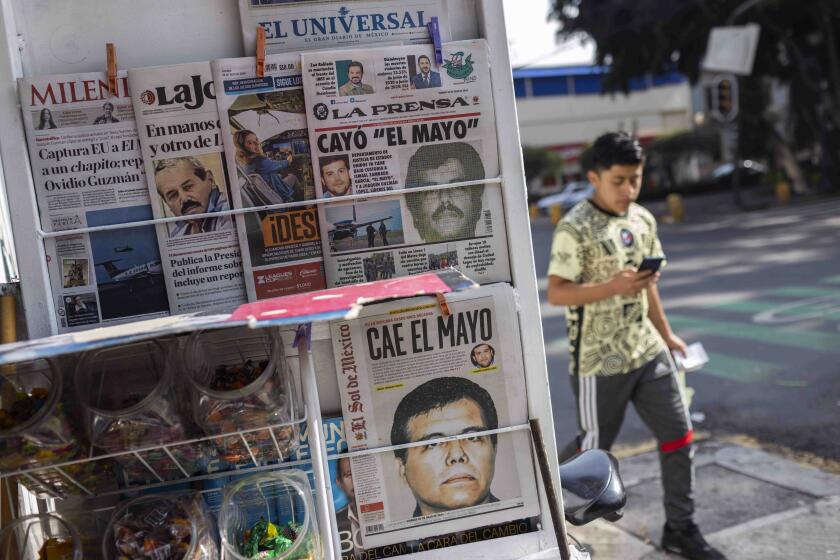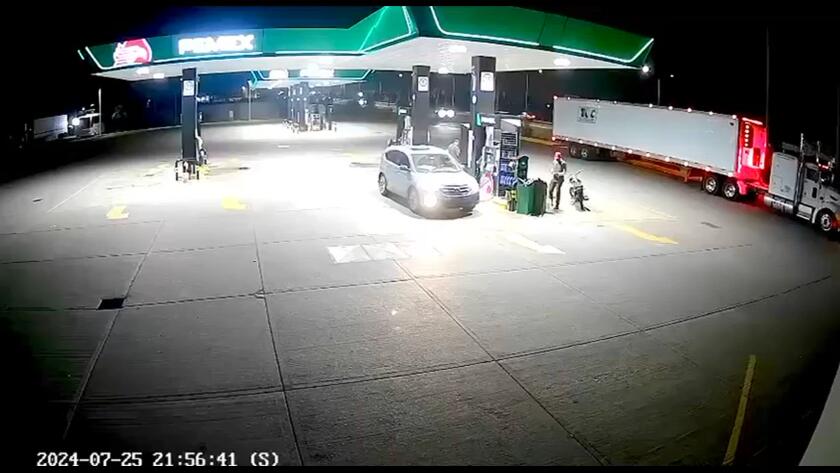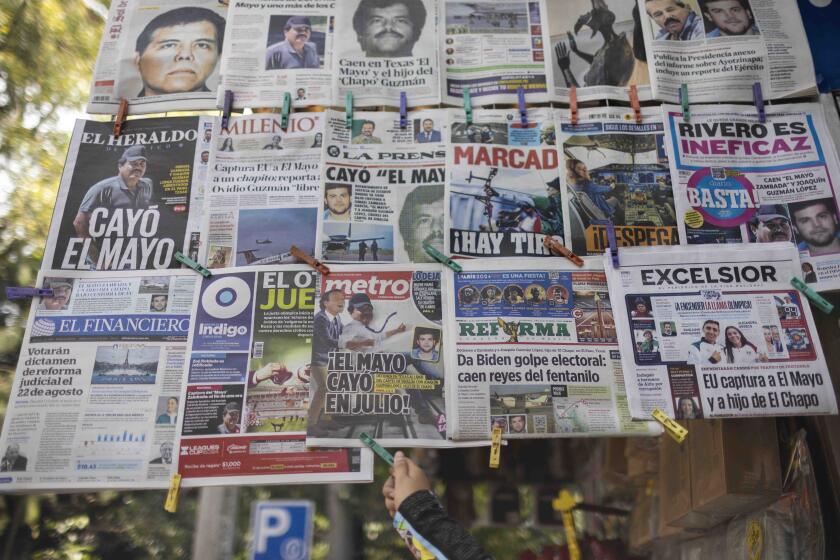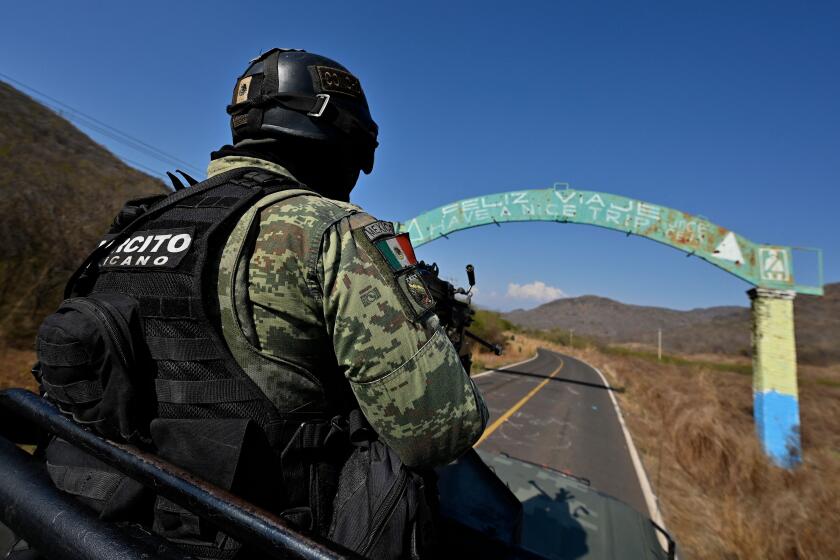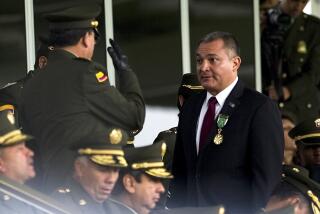Kidnapping, capture, cover-up? Cremated body baffles Mexican officials in ‘El Mayo’ arrest
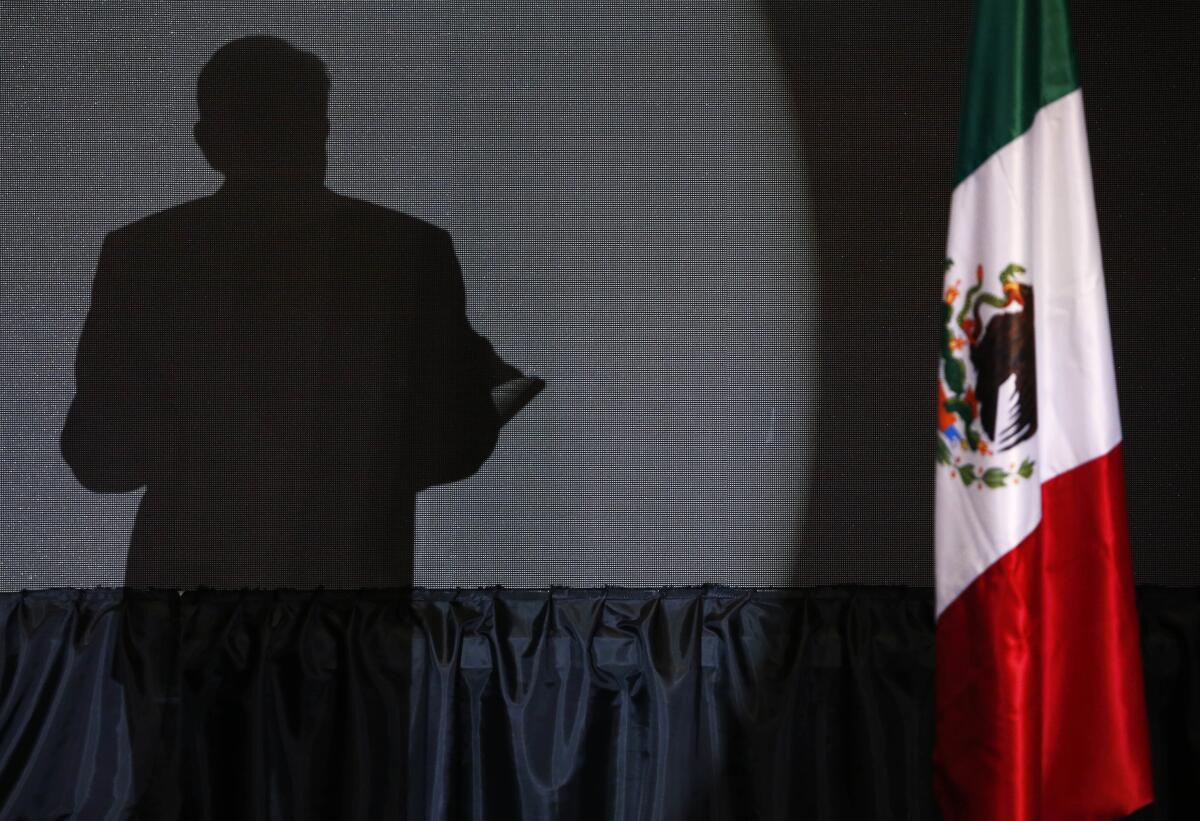
MEXICO CITY — The tale of kidnapping, secret deals and betrayal that saw two of Mexico’s most wanted drug lords taken into U.S. custody last month has taken another twist.
Now, top Mexican officials say investigators may have faked evidence in a politician’s killing the same day that kingpins Ismael “El Mayo” Zambada and Joaquín Guzmán López were detained. Those federal officials are demanding answers from prosecutors in Sinaloa state about why they allowed the slain politician’s body to be cremated as well as other oddities in the handling of the case.
And Mexico’s president is left scrambling to explain how a close political ally — Sinaloa Gov. Rubén Rocha Moya — got mixed up in the escalating scandal.
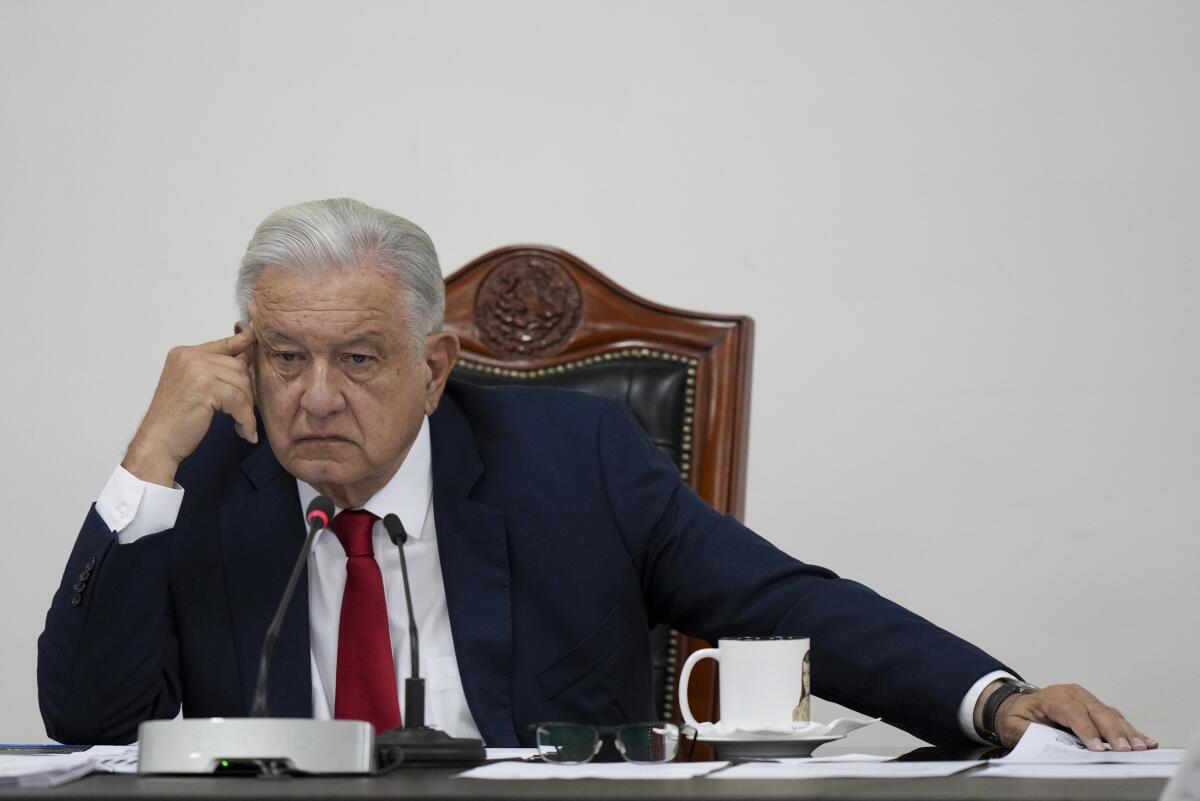
Citing “contradictions ... from the very start,” President Andrés Manuel López Obrador told reporters Friday, “There are things that don’t add up.”
Sinaloa’s chief prosecutor, Sara Bruna Quiñónez Estrada, resigned the same day under pressure from Mexico’s attorney general.
Zambada, a Sinaloa cartel founder, was long believed to have police, soldiers, political leaders in his pocket. In a rare public statement, he acknowledges those ties -- and contradicts Mexican officials’ version of his capture.
It was a written statement last week from Zambada, now jailed in the United States, that upped the pressure on Mexican authorities to explain what happened.
Zambada, 76, wrote that Guzmán López, his 38-year-old godson, had invited him to a July 25 meeting outside Sinaloa’s capital, Culiacán, to help settle a dispute between Rocha and another Sinaloa politician, Héctor Melesio Cuén Ojeda — but that it turned out to be a ruse.
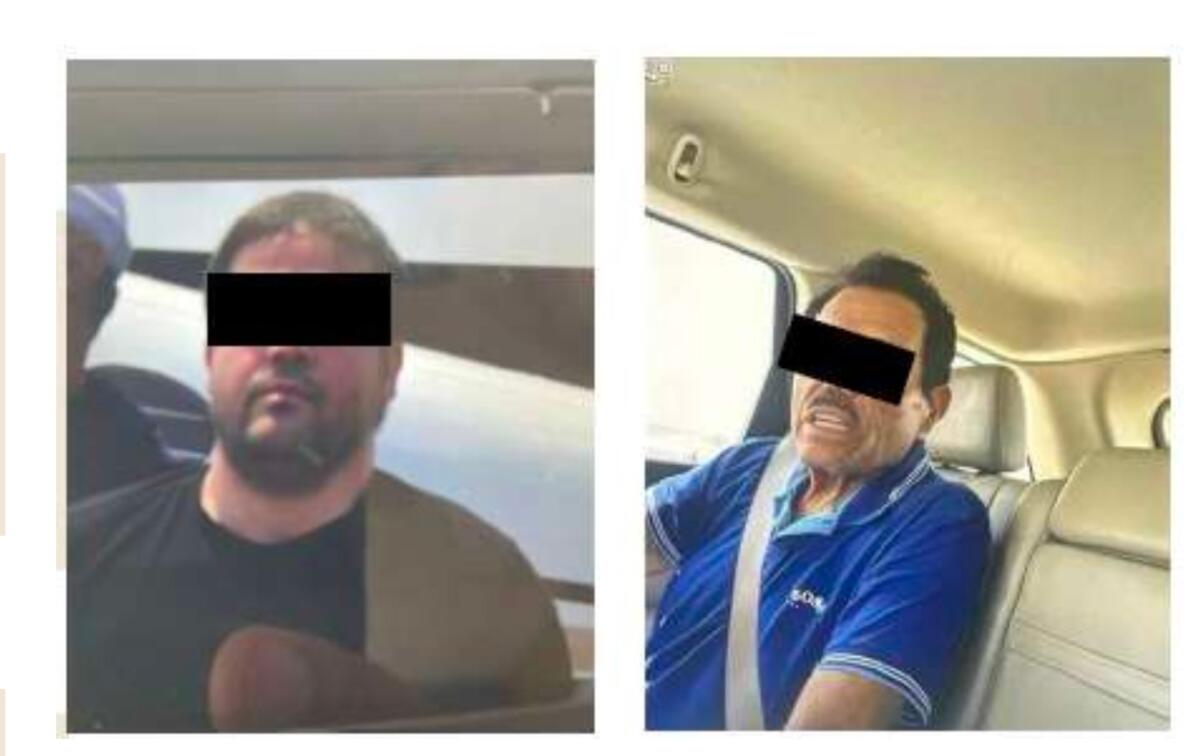
Zambada said he was ambushed by Guzmán López and his men, tied up, driven away and unwillingly put on the plane to the United States. Guzmán López, he said, zip-tied him to a seat for the duration of the flight to a small airport near El Paso, where both were arrested upon landing.
Cuén, a former mayor of Culiacán and leader of his own political party, was shot dead during the kidnapping, according to Zambada.
In contrast, Sinaloa investigators concluded that Cuén was shot dead during a robbery attempt at a gas station — an account that Mexico’s attorney general, Alejandro Gertz Manero, has called into question.
Security footage released by state authorities shows Cuén’s truck pulling into a gas station on the night of Zambada’s arrest. As an attendant starts to pump gas, two men on a motorcycle pull up along the passenger side and one briefly reaches inside after opening the door. The truck and the motorcycle then speed off.
Among many inconsistencies the attorney general has flagged, the Sinaloa prosecutors said that Cuén’s body had four gunshot wounds — while only one shot can be heard on surveillance footage from the gas station, which was released to the public with no sound included. Three employees at the station said they heard no shots.
The federal authorities said the Sinaloan investigators violated standard protocol for homicide inquiries by allowing Cuén’s remains to be cremated and did not process crime scene evidence from the truck or gas station.
The Mexico City officials noted blood in the bed of the pickup truck that was left unexplained by the local investigators, along with an apparent blow to the head that Cuén had suffered despite no indication of a physical struggle in the security footage.
There is growing evidence to suggest Ismael ‘El Mayo’ Zambada was hauled against his will from Mexico to El Paso in an effort by El Chapo’s son to curry favor with U.S. authorities.
For his part, Rocha has denied attending a meeting with the kingpins or Cuén and said he knew nothing about the event.
The governor, a member of the president’s Morena party, has also denied any connection to drug trafficking. He called himself a victim of “stigma” because he hails from Badiraguato — the birthplace of many prominent cartel leaders, including Joaquín “El Chapo” Guzmán Loera, who co-founded the Sinaloa cartel with Zambada and is serving a life sentence in the United States.
After El Chapo’s arrest, his sons, including Guzmán López, formed their own cartel faction — Los Chapitos — and cracks began to form in the longstanding alliance with Zambada.
Federal officials in Mexico said they were blindsided when Zambada and Guzmán López were taken into U.S. custody and have demanded that the Justice Department hand over details, including the plane’s history, its flight path and the identity of the pilot.
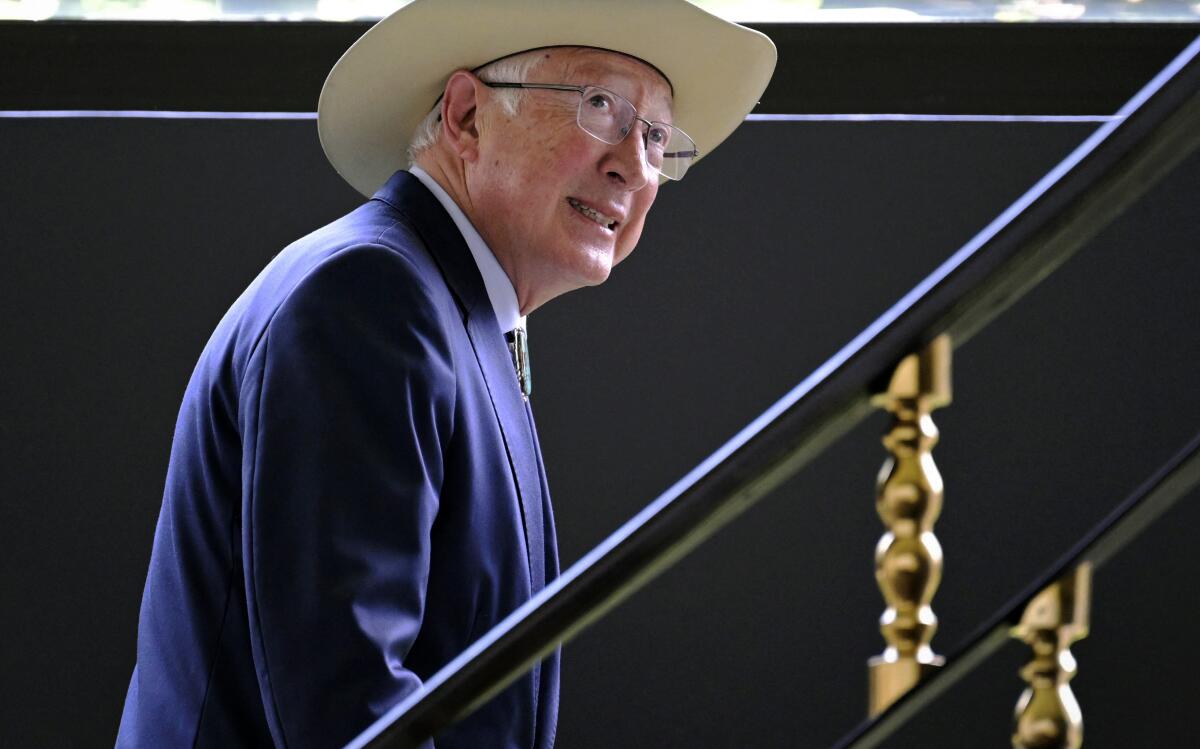
Ken Salazar, the U.S. ambassador in Mexico City, has said that the aircraft was not a U.S. government plane and that no flight plan was submitted in advance. The pilot was not a U.S. citizen and was not employed or contracted by the United States, the ambassador told reporters.
Federal prosecutors in El Paso moved last week to have Zambada transferred to Brooklyn, where a superseding indictment filed in February accuses him of manufacturing illicit fentanyl and trafficking it to the United States.
Soldiers and civilians have been killed in separate incidents in recent months involving ‘narco mines’ planted in western Mexico.
If a judge approves the move, Zambada’s case would likely be heard before the same court that handled the 2019 trial of his former partner, El Chapo.
The Brooklyn court is familiar territory for the Zambada family. El Mayo’s brother, Jesús “El Rey” Zambada, and eldest son, Vicente Zambada Niebla, both testified against El Chapo, along with several other former high-ranking cartel members who could also potentially serve as witnesses for the prosecution if there is another trial.
Mexican authorities have alleged that Guzmán López and his brother Ovidio, also in U.S. custody and facing federal charges, formed “a pact” to deliver Zambada in hopes of receiving leniency. The Justice Department has declined to comment on their cases, and the brothers’ lawyer has repeatedly denied any cooperation agreements.
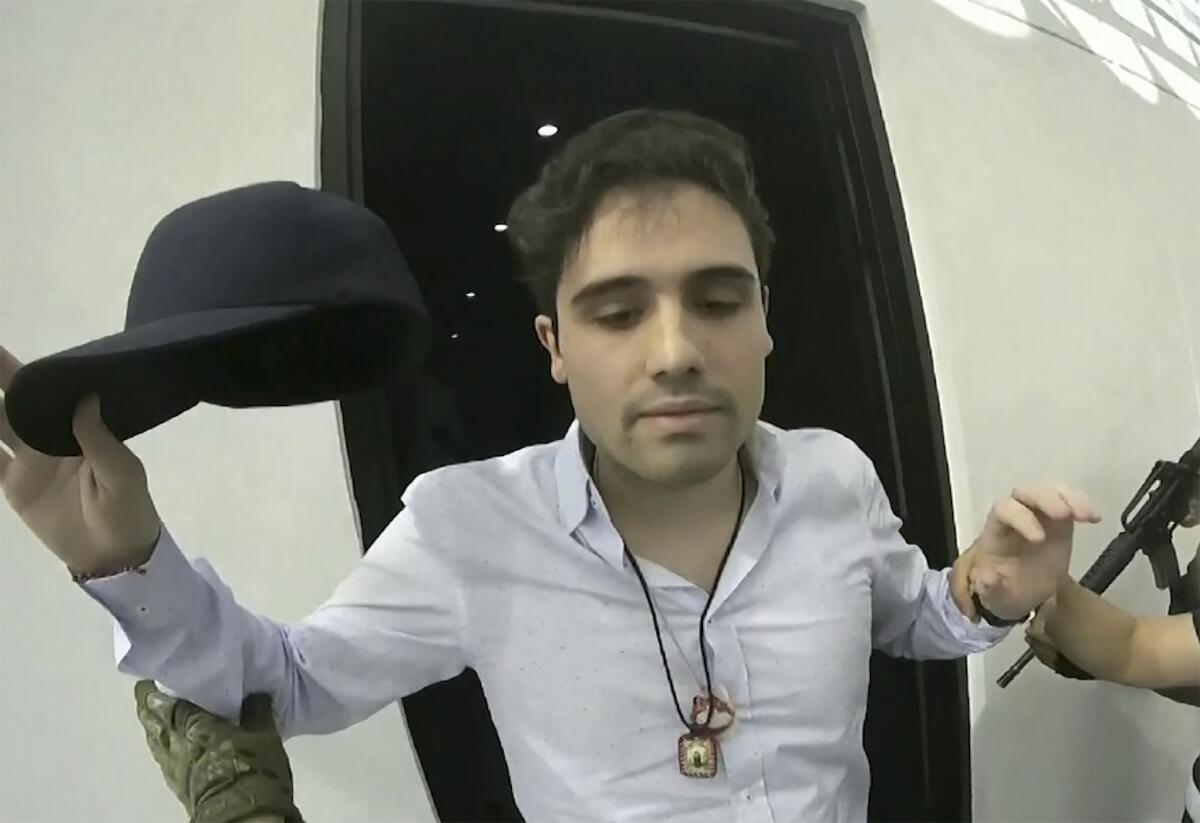
Zambada has pleaded not guilty to the charges against him in El Paso, including drug trafficking and murder while leading a “continuing criminal enterprise.” That offense can carry the death penalty, and prosecutors noted in their request to move Zambada to Brooklyn that he could eventually be returned to Texas to face charges there.
Meanwhile, in Zambada’s stronghold of Culiacán, the Mexican military has deployed soldiers to keep the peace amid fears of violence or all-out war as various factions of the Sinaloa cartel compete to fill a power vacuum.
The local news site Ríodoce reported that two cartel figures — known as “El Vampi,” or The Vampire, and “El Tocino,” The Bacon — were shot dead last week inside a Jeep in the Sinaloa town of La Campana as they were leaving a funeral.
She’s ‘El Chapo’ Guzman’s lawyer, using her bond with Mexico’s most notorious cartel kingpin to launch a singing career. Onstage, she’s La Abogada.
El Vampi was a reputed ally of Zambada and his sons. A photograph that circulated online after his killing showed him sometime prior to 2011 alongside Zambada Niebla and his half brother Ismael Zambada Imperial, who are both in the United States after being captured, being extradited and pleading guilty to federal charges.
Another person in the photo, Eliseo Imperial Castro, a high-ranking cartel member known as “Cheyo Antrax,” was gunned down in Culiacán in late May.
On Saturday, news outlets in Sinaloa reported that Martín García Corrales — an accused fentanyl trafficker for whom U.S. authorities had offered a $4-million reward — was one of three men found shot dead in the town of Elota, south of Culiacán. The U.S. State Department described García Corrales as a high-ranking member of the Sinaloa cartel.
McDonnell and Linthicum reported from Mexico City, Hamilton from San Francisco. Special correspondent Cecilia Sánchez Vidal contributed to this report.
More to Read
Sign up for Essential California
The most important California stories and recommendations in your inbox every morning.
You may occasionally receive promotional content from the Los Angeles Times.
